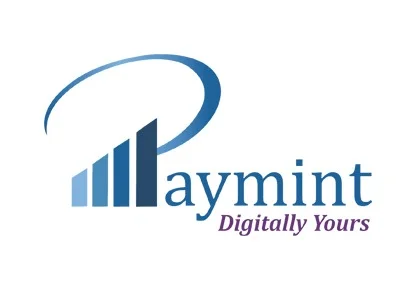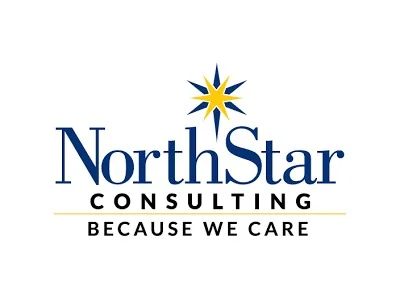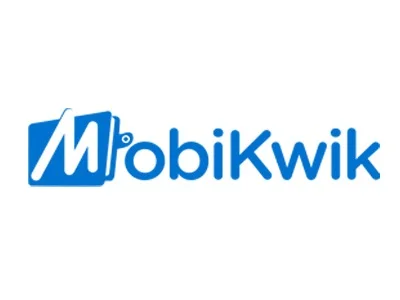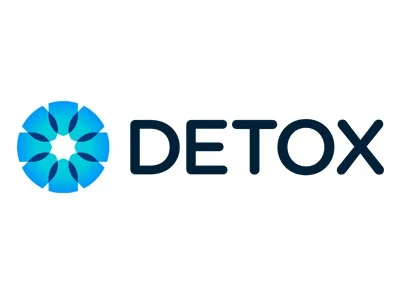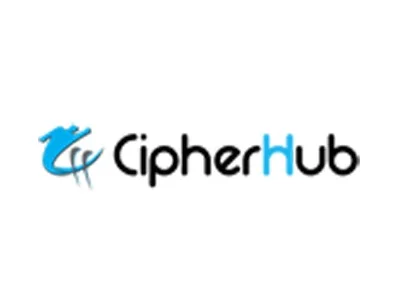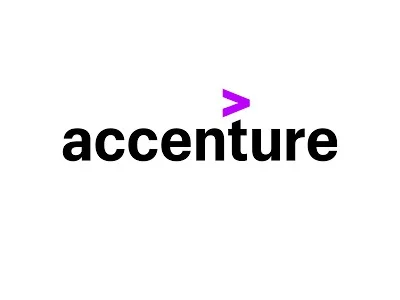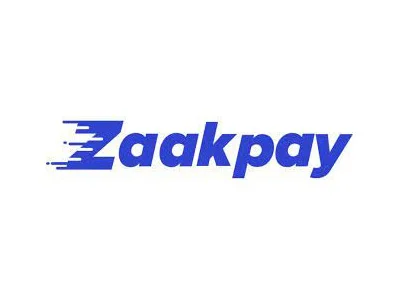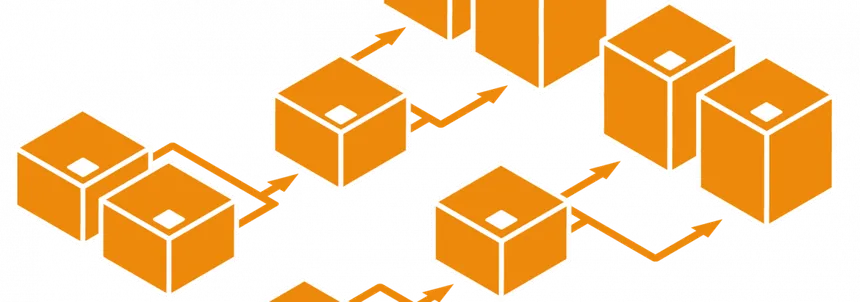SDLC GAP Analysis involves a detailed review of your software or application’s current state of compliance, focusing on security posture and framework. This assessment helps identify areas and controls within the organization that are failing certain parameters defined by the desired state. This process sets the course for corrective action and realignment with compliance requirements, aiming to improve security and risk management.

Overview
Lorcam Securities is committed to achieving SDLC (Software Development Life Cycle) Gap Analysis Certification, which assesses and improves our software development processes. This certification involves a thorough evaluation of our SDLC practices to identify gaps between current processes and industry best practices. By conducting a detailed gap analysis, we enhance our ability to deliver high-quality software solutions efficiently and securely.
Why Choose Us?
Lorcam Securities is the ideal partner for SDLC Gap Analysis Certification, offering expert evaluation of your software development processes. Our thorough gap analysis identifies discrepancies between current practices and industry best standards, enabling you to enhance efficiency, quality, and security in software delivery. We provide actionable insights and recommendations to bridge gaps and improve your development lifecycle. By choosing Lorcam Securities, you benefit from our commitment to continuous improvement and excellence, ensuring your software development processes are optimized and aligned with best practices.


Our Expertise
Lorcam Securities excels in SDLC Gap Analysis Certification, bringing extensive expertise in evaluating and enhancing software development processes. We conduct detailed assessments to identify gaps between your current practices and industry best standards.
Our team provides actionable insights and recommendations for improving development methodologies, quality assurance, and risk management. With our deep knowledge and experience, we help ensure your software development lifecycle is optimized for efficiency, security, and high-quality outcomes.
Benefits of SDLC Gap Analysis Certification
- Boosts Efficiency: Streamlines development processes.
- Enhances Quality: Aligns with industry best practices.
- Mitigates Risks: Identifies and manages development risks.
- Ensures Compliance: Adheres to recognized standards.

We Offer Best Cyber Security Solutions
Expert Cyber Security Services With 24*7 Support And Significant Solutions
Helps you to make you feel safe In your Workspace.
Since authorization comes after successful authentication, the pen tester will validate this after establishing that they have authentic credentials linked to a clear-cut set of roles and privileges. Insecure direct object references, privilege escalation, and getting around permission rules are a few examples. Permission testing requires comprehending the operation of the authorization system and using that understanding to circumvent it.
Nearly as crucial as performing application security testing is comprehending the deployed configuration of the server or infrastructure that runs the web application. Despite the diversity of application platforms, a number of fundamental platform setup difficulties, such as how an unsecured programme can infect the server (insecure HTTP methods, old/backup files), can put the application in risk. TLS Security, App Platform Configuration, File Extension Handling, and Cross Site Tracing are a few examples. HTTP methods, file permissions, and strong transport security are all put to the test.
Authentication is the process of attempting to confirm the sender of a communication’s digital identity. The most prevalent illustration of such a process is the log-on process. Testing the authentication schema requires knowledge of how the authentication procedure operates and use of that knowledge to subvert the authentication mechanism. Poor lockout mechanisms, circumventing authentication schemes, browser cache vulnerabilities, and inadequate authentication in other channels are a few examples.
Session management is the collective term for any controls in charge of overseeing a user’s stateful activity with the web application they are using. Everything from user authentication to the general logout process is included here. A few instances include session fixation, cross-site request forgery, cookie management, session timeout, and testing the functionality of the logout process.
Session management is the collective term for any controls in charge of overseeing a user’s stateful activity with the web application they are using. Everything from user authentication to the general logout process is included here. A few instances include session fixation, cross-site request forgery, cookie management, session timeout, and testing the functionality of the logout process.

